SCN: The Soybean Nemesis
Greetings! It is great to be serving the agronomic community of Illinois as the Extension Field Crops Plant Pathologist. My role at the University of Illinois at Urbana-Champaign (UIUC) is to help the producers of Illinois address field crop disease issues that impact productivity and profitability through applied research and extension outreach. Prior to my arrival at Illinois, I had served since 2013 as the Delaware and Maryland Extension Field Crop Plant Pathologist. I grew up in Wisconsin, and it is very exciting for me and my family to be back in the Midwest. I started at UIUC in [...]
Join the Race: Enter the Yield Challenge
Interested in entering a soybean contest? Reach out to professionals and sponsors to test an idea. Interested in breaking your own soybean yield record, breaking the 100-bushel ceiling or just seeing if a new package of technologies improves your soybean yield over your current soybean practices? Well, the 2018 Illinois Soybean Association (ISA) has a challenge that meets your interests. ISA has been sponsoring the Yield Challenge since 2010. Over the last eight years farmers in Illinois have broken 100 bushels multiple times and many growers set personal bests at 80 and 90 bushels per acre. And in the [...]
Soil Testing Frequency
The first article in my soil testing series, “How often should I test my soil?”, gave a brief history of soil testing and how it has been adapted over time. At the end of that article, I suggested that appropriate soil testing frequency depends on how precisely you wish to manage fertility inputs and eliminate guessing. When deciding how tightly to manage your soil, consider the following. How much are you guessing? A farmer who begins a career in their early 20s could be farming for 40 years. Adhering to the minimum standard of testing soil once every four [...]
Part 2 – Soybean Calcium Requirements: Understanding the Calcium Cycle
Soil tests indicate large amounts of exchangeable calcium in the soil, but what’s important is how much soluble calcium is present. You can ask to have a water extraction done to measure soluble calcium in the soil solution. If you have both chemical and water extracts done, you will notice that soluble calcium is just a fraction of exchangeable calcium—that is because of the calcium and its interaction in the soil. Crop nutrients follow a cycle that tracks how they enter the soil and their fate once there. There are a carbon, nitrogen, phosphorus, potassium and sulfur cycles that [...]
Part 1 – Soybean Calcium Requirements: Soil
Calcium is often an overlooked nutrient in crop production because soil tests report large amounts of this extractable cation. This is the first in a series of three articles exploring calcium in the soil and its need in soybeans. K. K. Gedroiz, scientist with the Forestry Institute in Leningrad, stated in the 1931 Soil Science Journal, “After the practically complete replacement from the soil of all exchangeable calcium, the plants required for their development the introduction into the soil of calcium fertilization, without which they would not grow at all.” The need for calcium in agricultural has been scientifically [...]
What we’ve learned from nitrogen-on-beans research
Join Tim Smith and Fred Below, Ph.D., as they discuss their research on applying nitrogen on soybeans, when it makes sense to use it, the optimal timing and application rates and what role soil plays in providing additional nitrogen.
Dropping Soybean Population
Over the past few years, the Illinois Soybean Association has been working with the Iowa On-Farm Network (OFN) to evaluate promising production practices. The two most common concepts tested were population and row spacing, which are easy to implement in an on-farm scenario. One of the requirements for participating is collecting as-planted and yield maps. Along the way data is collected on plant stand after emergence and an aerial image of the trial site is captured during fill in August. In one 2017 trial in Whiteside County a grower compared seeding rates of 100,000 and 160,000 using strip trials [...]


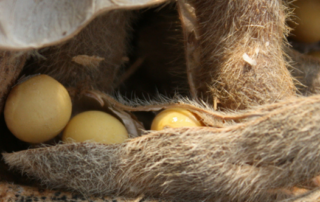
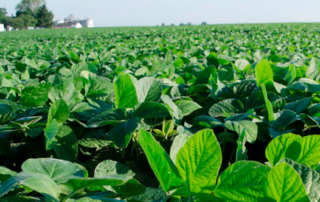
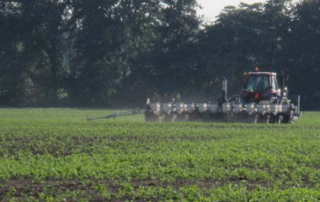
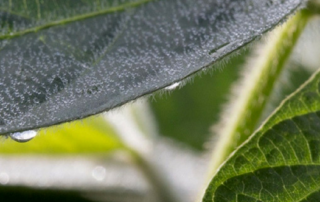
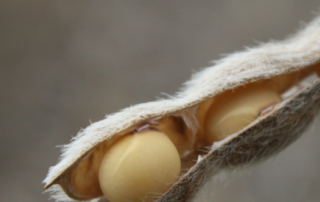

 and then
and then